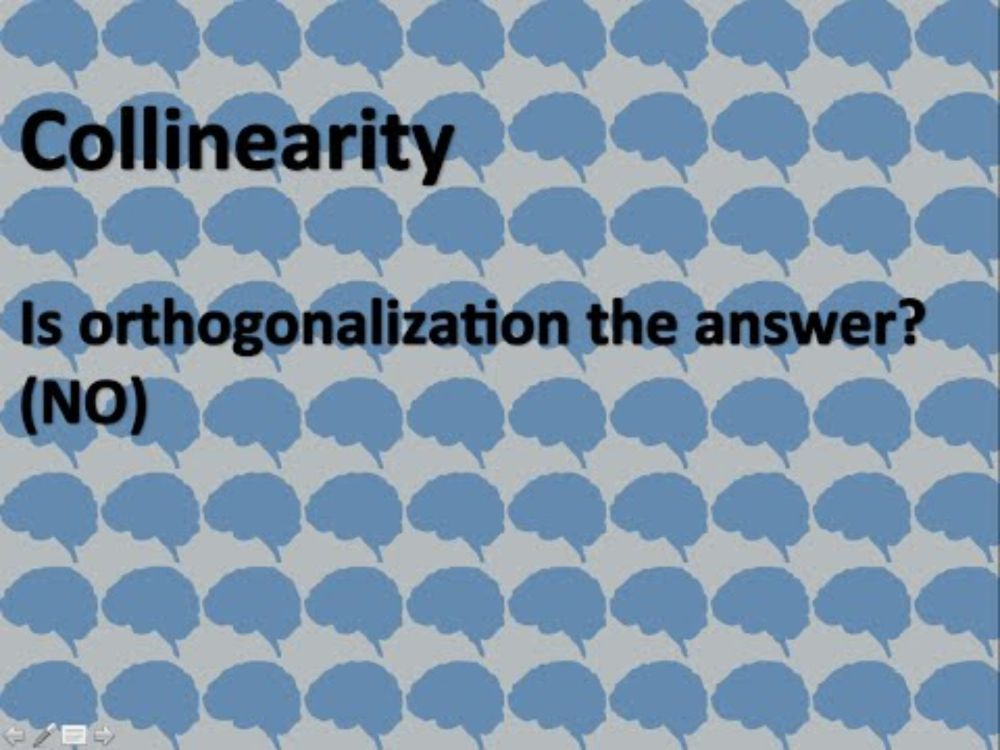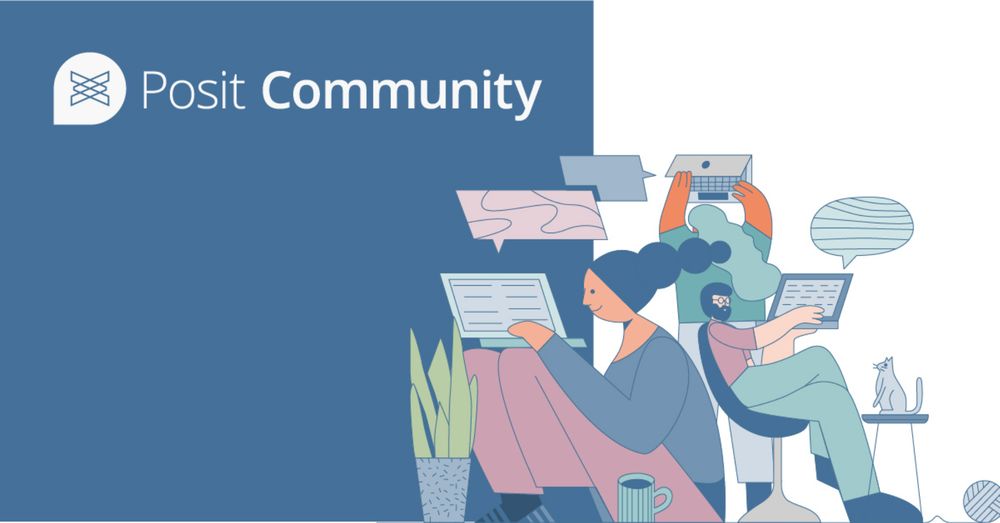
ggplot2 4.0.0
A new major version of ggplot2 has been released on CRAN. Find out what is new here.
I am beyond excited to announce that ggplot2 4.0.0 has just landed on CRAN.
It's not every day we have a new major #ggplot2 release but it is a fitting 18 year birthday present for the package.
Get an overview of the release in this blog post and be on the lookout for more in-depth posts #rstats
11.09.2025 11:20 — 👍 850 🔁 282 💬 9 📌 51
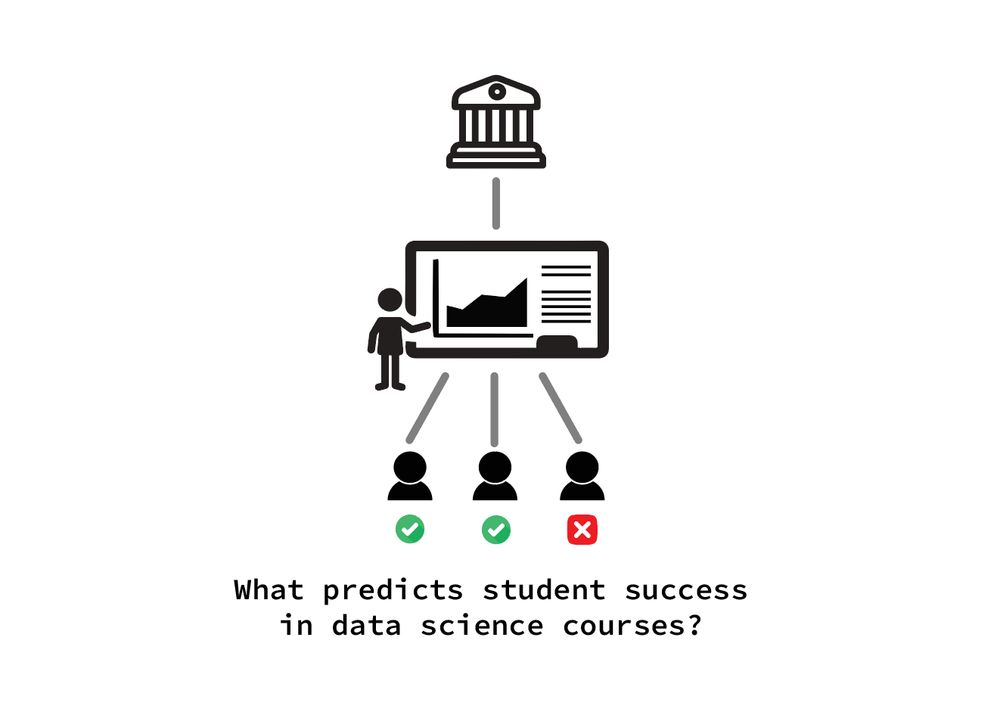
Linking student psychological orientation, engagement & learning in intro college-level data science
New work at @cogscisociety.bsky.social w/ @erikbrockbank.bsky.social @shawnschwartz.bsky.social, C.Bryan, D.Yeager, C.Dweck & @judithfan.bsky.social
poster 8/1 @ 10:30
tinyurl.com/solds-cogsci25
29.07.2025 23:48 — 👍 20 🔁 6 💬 1 📌 1
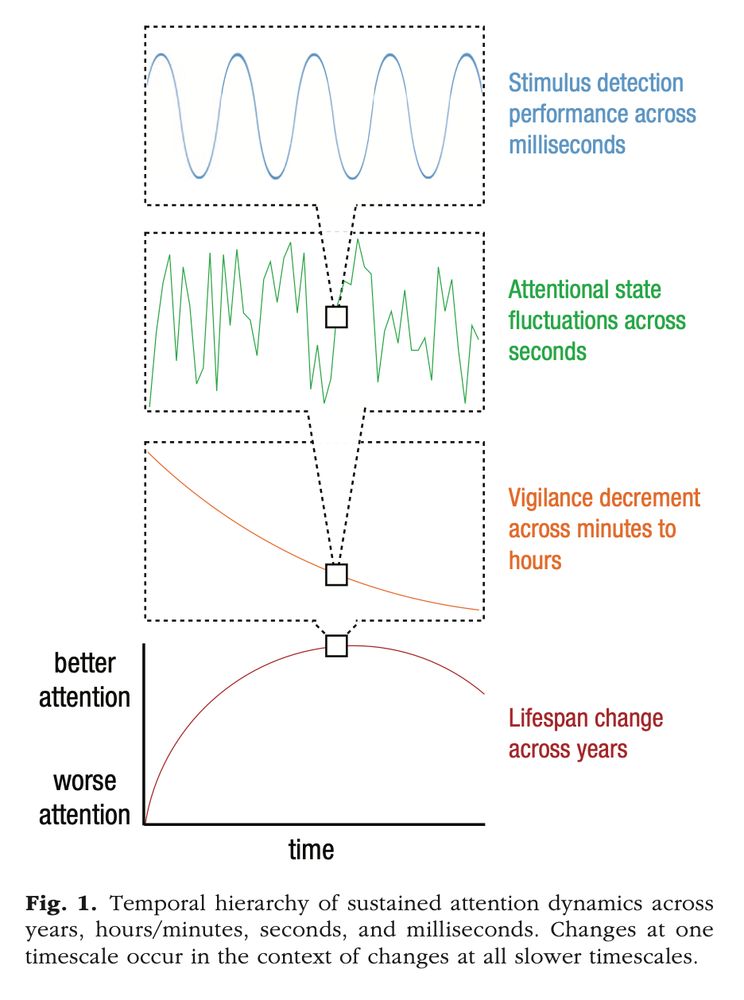
A Temporal Hierarchy of Sustained Attention Dynamics journals.sagepub.com/doi/full/10....
20.06.2025 14:04 — 👍 25 🔁 6 💬 0 📌 1
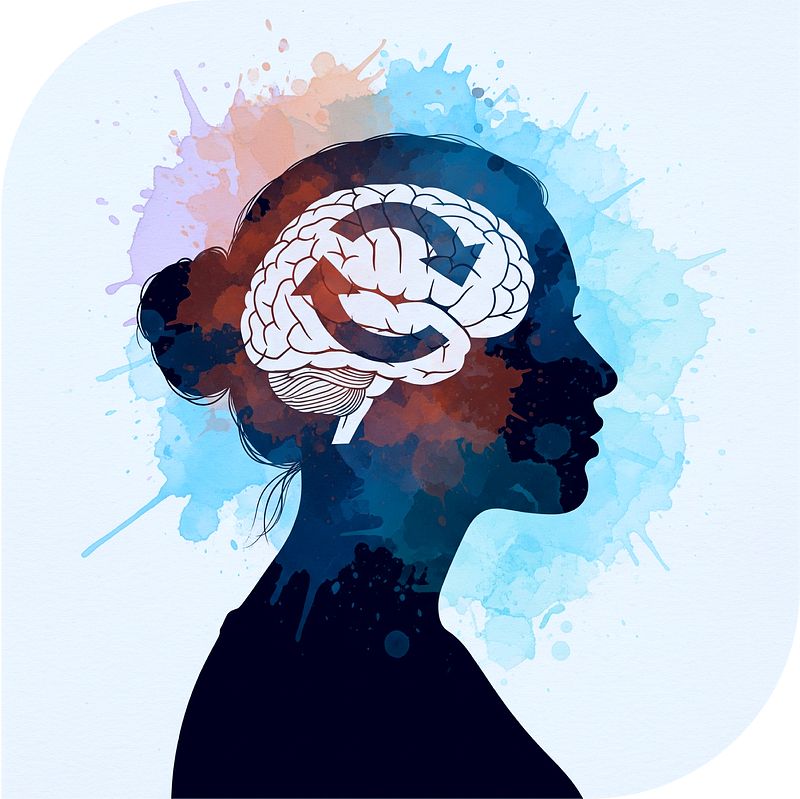
Sinclair Lab
The Learning & Behavior Change Lab at Rice University, directed by Dr. Sinclair
Excited to share my new lab website!
The Learning & Behavior Change Lab will launch at Rice in July 2026. I’ll be recruiting over the next year! @ricesocsci.bsky.social
www.sinclairlab-rice.com
14.07.2025 16:27 — 👍 81 🔁 20 💬 4 📌 1
Thanks @chelseakisil.bsky.social, totally agree! Mindfulness is such a key piece of the puzzle. Excited to see how future research from our group and the field at large might help bridge the gap between the attention economy and meaningful ways to refocus and reengage students.
19.07.2025 18:20 — 👍 1 🔁 0 💬 0 📌 0
Thanks for the kind note about our paper @jeffgreene.bsky.social ! We have some emerging work that will be out soon addressing some of the points you raised. Happy to chat more if you’re interested.
19.07.2025 18:14 — 👍 1 🔁 0 💬 0 📌 0
OSR Petition
We are launching a petition to request that OHBM preserves the Open Science Room (OSR) as a dedicated space during the annual meeting for the Open Science community. Although Open Science is a well-ac...
The Open Science Room has been an exciting space at the OHBM Meeting for many years, but its future is threatened. Please sign this petition to signal your support for preserving a dedicated space for the OSR at future meetings. ohbm.github.io/osr2025/peti...
24.06.2025 22:44 — 👍 30 🔁 14 💬 1 📌 1
It was my pleasure @silicolabs.bsky.social!! 🫡 So fun!
19.06.2025 02:31 — 👍 1 🔁 0 💬 0 📌 0
Thanks @silicoky.bsky.social !! Looking forward to hearing your thoughts 😀
07.06.2025 03:54 — 👍 0 🔁 0 💬 0 📌 0
This review synthesizes recent work at the intersection of attention and episodic memory, highlighting a number of open questions and future directions.
We are grateful to our collaborators and the Stanford Memory Lab community for their contributions to the ideas discussed herein. 7/N
05.06.2025 17:15 — 👍 0 🔁 0 💬 1 📌 0
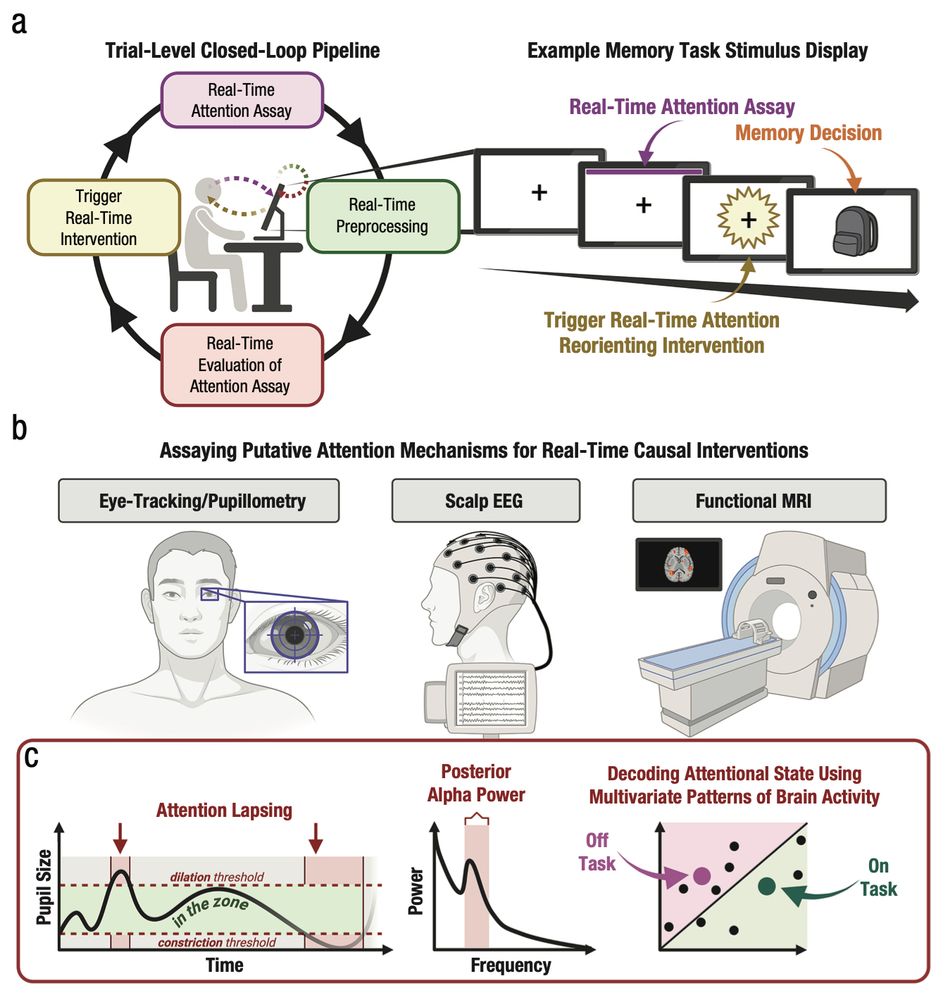
Innovative techniques for real-time closed-loop interventions on attention (and cognition more broadly). Real-time causal intervention studies require constructing and validating a robust (a, left) trial-by-trial pipeline to measure, clean, evaluate, and act on psychophysiological assays in real-time, which then can be used to manipulate the stimulus display, such as that for an (a, right) adaptive memory task with real-time attention tracking and reorienting. Example approaches for the real-time evaluation of psychophysiological assays of attention include (b, left) pupillometry (c, left; e.g., pupil-size dilation or constriction that surpasses a real-time adaptive baseline pupil threshold), (b, middle) scalp EEG (c, middle; e.g., elevated posterior alpha power), and (b, right) functional MRI (c, right; e.g., pattern-classifier decoding of attentional state).
Moreover, new closed-loop methodologies allow real-time monitoring of attention, enabling interventions that adaptively deliver memory probes during optimal attentional states.
We consider how wider adoption of these approaches can inform causal investigations of attention-memory interactions. 6/N
05.06.2025 17:15 — 👍 2 🔁 0 💬 1 📌 0
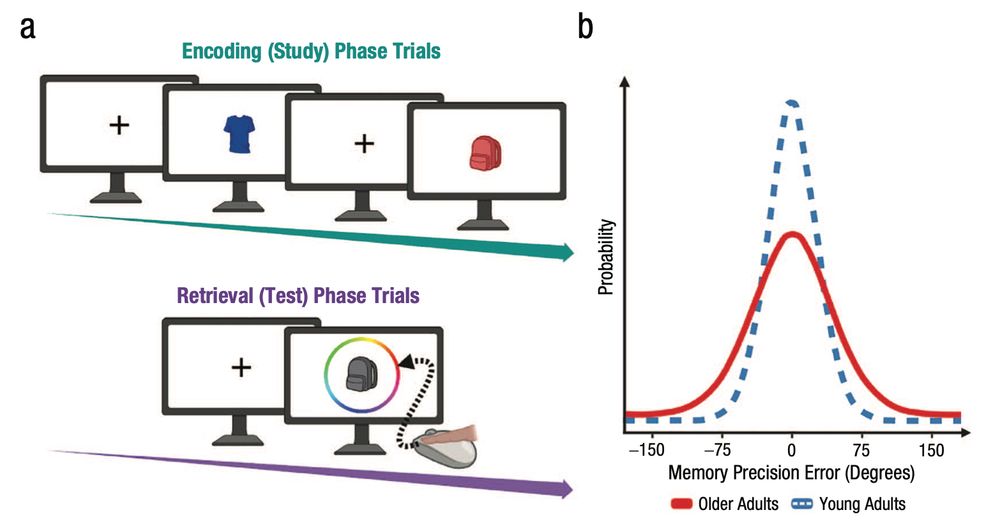
Example episodic memory precision task. Participants encounter (a, top) objects shaded in one of 360 possible colors. Participants then encounter (a, bottom) a grayscale version of previously encountered objects and indicate their memory for the color of the object by clicking the corresponding color on the wheel. Illustrative distributions of (b) memory precision errors are mapped from the circular space to the linear space of −180 to +180. Here, young adults (blue dashed line) are schematized to demonstrate higher memory precision than older adults (solid red line).
Memory precision — the fidelity of remembered details — tends to decline with age.
Recent advances in measurement techniques provide more sensitive ways to assess how attentional and memory processes change across the lifespan. 5/N
05.06.2025 17:15 — 👍 0 🔁 0 💬 1 📌 0
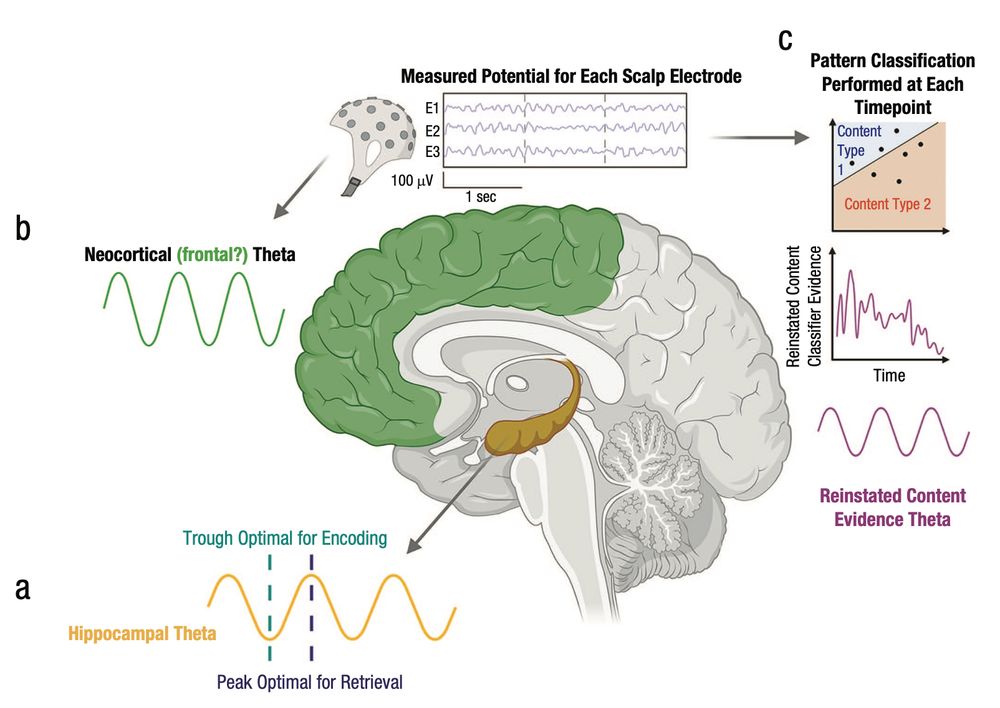
Three types of modeled or observed neural theta oscillations. The schematic shows (a) the SPEAR model of hippocampal theta, (b) neocortical theta power (which may or may not relate to theta oscillations in the frontoparietal cortex and/or hippocampus), and (c) theta-specific oscillations in reinstated (i.e., retrieved) episodic content (as quantified by pattern-classifier evidence in neural data). (SPEAR = separate phases of encoding and retrieval).
In fact, emerging work suggests that memory encoding and retrieval may be phase-dependent, aligning with hippocampal and/or neocortical theta oscillations.
We review evidence that memory performance can vary systematically with these rhythms. 4/N
05.06.2025 17:15 — 👍 0 🔁 0 💬 1 📌 0
But how are the temporal dynamics of attention related to whether and how we remember?
It turns out that attention fluctuates rhythmically⚡️, particularly in the theta (4–7 Hz) and alpha (8–12 Hz) ranges.
This raises the possibility that episodic memory behavior may also exhibit rhythmicity. 🤔 3/N
05.06.2025 17:15 — 👍 1 🔁 0 💬 1 📌 0
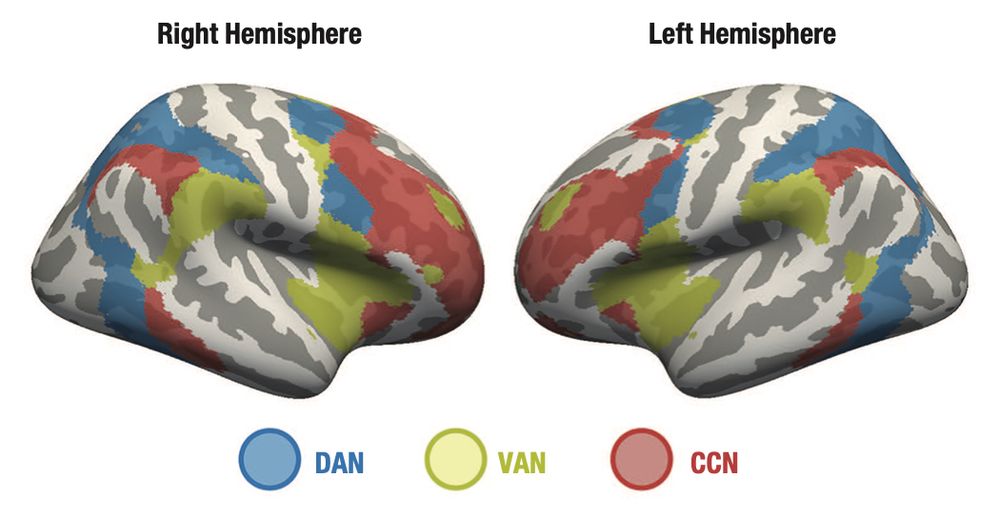
Assessing the influence of attention on memory retrieval. Shown in (a) are the frontoparietal networks of attention and cognitive control derived from network parcellations computed from the full sample (N = 1,000) in Yeo et al. (2011). (DAN = dorsal attention network; VAN = ventral attention network; CCN = cognitive control network).
Attention and episodic memory interact closely:
* Goal-directed (top-down) attention helps prioritize relevant information.
* Stimulus-driven (bottom-up) attention responds to salient events.
We discuss how these systems shape memory encoding and retrieval. 2/N
05.06.2025 17:15 — 👍 0 🔁 0 💬 1 📌 0
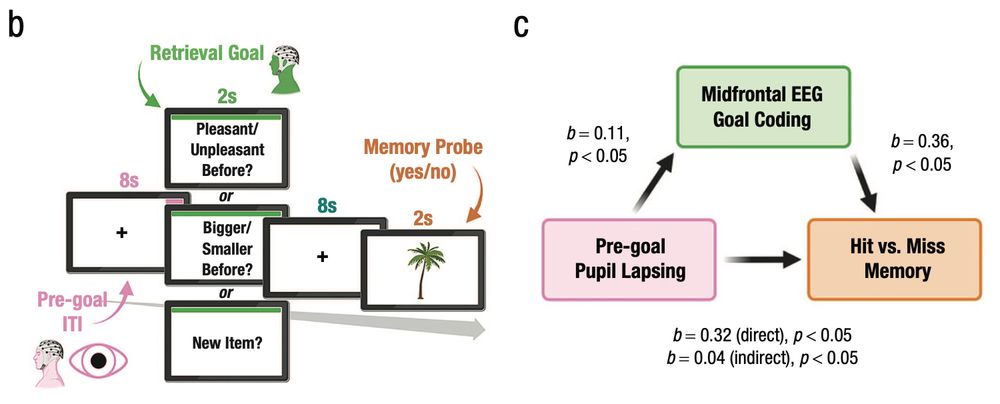
The schematic of the goal-directed memory-retrieval task used in Madore et al. (2020) shows (b) that pre-goal lapsing was measured using EEG posterior alpha power and pupil size in the last 1 s of the ITI, whereas goal-coding strength was measured using a retrieval goal-cue-locked ERP extracted from a midfrontal cluster of electrodes. In (c) the 1 second prior to the onset of the retrieval goal cue, pupil size (and posterior alpha power; not shown) significantly correlated with retrieval success, and midfrontal EEG goal-coding strength partially mediated this effect (n = 75; Madore et al., 2020).
How do different forms of attention, their neural mechanisms, and related cognitive control processes influence what we learn and remember?
Recent methodological and theoretical advances are offering new insights into the relationship between attention and episodic memory. 1/N
05.06.2025 17:15 — 👍 0 🔁 0 💬 1 📌 0

Attending to Remember: Recent Advances in Methods and Theory - Shawn T. Schwartz, Haopei Yang, Alice M. Xue, Anthony D. Wagner, 2025
The ability to learn from and remember experiences (episodic memory) depends on multiple neurocognitive systems. In this article, we highlight recent advances i...
I’m pleased to share our new review article, “Attending to Remember: Recent Advances in Methods and Theory”, written with Haopei Yang (HY), Alice Xue, and Anthony Wagner, now out in Current Directions in Psychological Science. 🚀🧠 A brief thread 🧵
doi.org/10.1177/09637214251339452
05.06.2025 17:15 — 👍 16 🔁 9 💬 1 📌 1
eyeris: A flexible, extensible, and reproducible pupillometry preprocessing framework in R https://www.biorxiv.org/content/10.1101/2025.06.01.657312v1
04.06.2025 01:16 — 👍 4 🔁 2 💬 0 📌 1
eyeris: A flexible, extensible, and reproducible pupillometry preprocessing framework in R https://www.biorxiv.org/content/10.1101/2025.06.01.657312v1
04.06.2025 01:16 — 👍 1 🔁 1 💬 0 📌 0
Thanks for resharing!!
05.06.2025 16:29 — 👍 2 🔁 0 💬 0 📌 0
Introducing a new tool from @tsbolt.bsky.social, find-viz (FMRI Interactive Navigation and Discovery Viewer)! It’s a browser-based visualization tool built with one purpose in mind: get researchers to spend more time looking at their fMRI data 🧠 @ohbmofficial.bsky.social @ohbmtrainees.bsky.social
22.04.2025 01:05 — 👍 84 🔁 35 💬 1 📌 0
I've already had two federal grants terminated and face a 33% pay cut due to future terminations. It's painful, but not as painful as the conversations I'm having every day with brilliant trainees in graduate school and postdoctoral positions who see little future for themselves in US science.
05.04.2025 01:09 — 👍 2022 🔁 666 💬 34 📌 21
Attending to Remember: Recent Advances in Methods and Theory: http://osf.io/yh3mg/
12.12.2024 06:47 — 👍 1 🔁 1 💬 0 📌 0
neurosynth compose
Neurosynth-Compose App
Check it out! The future of Neurosynth.
We launched Neurosynth Compose: A free and open platform for neuroimaging meta-analysis. NS-Compose makes it easy to perform custom neuroimaging meta-analyses without leaving the browser.
It's live, check it out! compose.neurosynth.org
23.11.2024 01:53 — 👍 84 🔁 38 💬 4 📌 3
I want to draw attention to a special issue that Lila Davachi and I put together to memorialize our friend and colleague Sarah DuBrow. It’s full of papers inspired by her work and her being from a group of collaborators, friends, and fans! Thanks @bradpostle.bsky.social for helping make this happen.
23.11.2024 00:14 — 👍 143 🔁 72 💬 6 📌 2
is there something going on with homebrew? all os builds in my R package’s CI are passing except for macos…
Error: Failed to get R release: Failed to get R 4.4.2: Failed to install qpdf: Error: The process '/opt/homebrew/bin/brew' failed with exit code 1
23.11.2024 02:45 — 👍 1 🔁 0 💬 1 📌 0
Why I no longer recommend Julia
If you are a Julia user you should be aware of this: yuri.is/not-julia/
20.11.2024 13:57 — 👍 45 🔁 15 💬 12 📌 4
Psych PhD Student @ WashU w/ Jeff Zacks and Zach Reagh 🧠
PhD candidate @ stanford psych
phd student at stanford. developmental cognitive neuroscience. visual perception. infant fmri. she/her.
PhD candidate in the Lewis-Peacock Lab at UT Austin • Interested in the cognitive and neural mechanisms supporting emotional memory control • Prev at ASU
Second-year Psych PhD at Stanford in the Causality in Cognition Lab!
Incoming Asst. Prof of Psych & Brain @ WashU starting 1/26 | postdoc @ MIT & PhD @ UofToronto | Attention, Learning, Episodic Memory, Developing Brain
Memory researcher, postdoc at the Strange lab at Universidad Politécnica de Madrid.
Cognitive neuroscientist, associate professor in Psychology at Uni of Sussex. Hello bsky people! Views not my employer's. She/they.
Reading and writing about reading and writing, and thinking about teaching kids how to read and write, and the beautiful complexities of multilingualism and learning to read and write.
https://languageandliteracy.blog
McGill MA Educational Psychology Learning Sciences in eMuis and MILES labs; Focused on understanding how emotions can help and hinder student self-reg'd learning; RPs ≠ endorsements
Prof of Ed Psych and Learning Sciences | Making Tech Work For Us, Again | APA & AERA Fellow | Self-regulated learning, epistemic cognition, digital literacy | Journal and Handbook Editor | Book Author | Views are my own. https://linktr.ee/jeffgreene
PhD student in the CAB Lab at the University of Chicago studying sustained attention fluctuations and their consequences. She/her. https://annacorriveau.github.io/
Research, news, and commentary from Nature, the international science journal. For daily science news, get Nature Briefing: https://go.nature.com/get-Nature-Briefing
Create interactive 2D/3D/XR experiences to capture human & AI behaviour
Post-Doctoral Researcher at UCSD studying adaptive memory processing. For all my science: https://josephmsaito.github.io/
Associate Professor of Psychology at UNC Greensboro. Memory, misinformation, and cognitive aging researcher.
assistant prof at McGill / memory / fMRI / epilepsy / opinions are my brain's / he / him
Research Scientist @ Cooper Health & Penn Medicine
PhD from Temple U
Big data in healthcare & brains
she/her
neuroscientist @vanderbilt studying neural circuit+population rules for creating and deploying knowledge. computational neuroethology.










